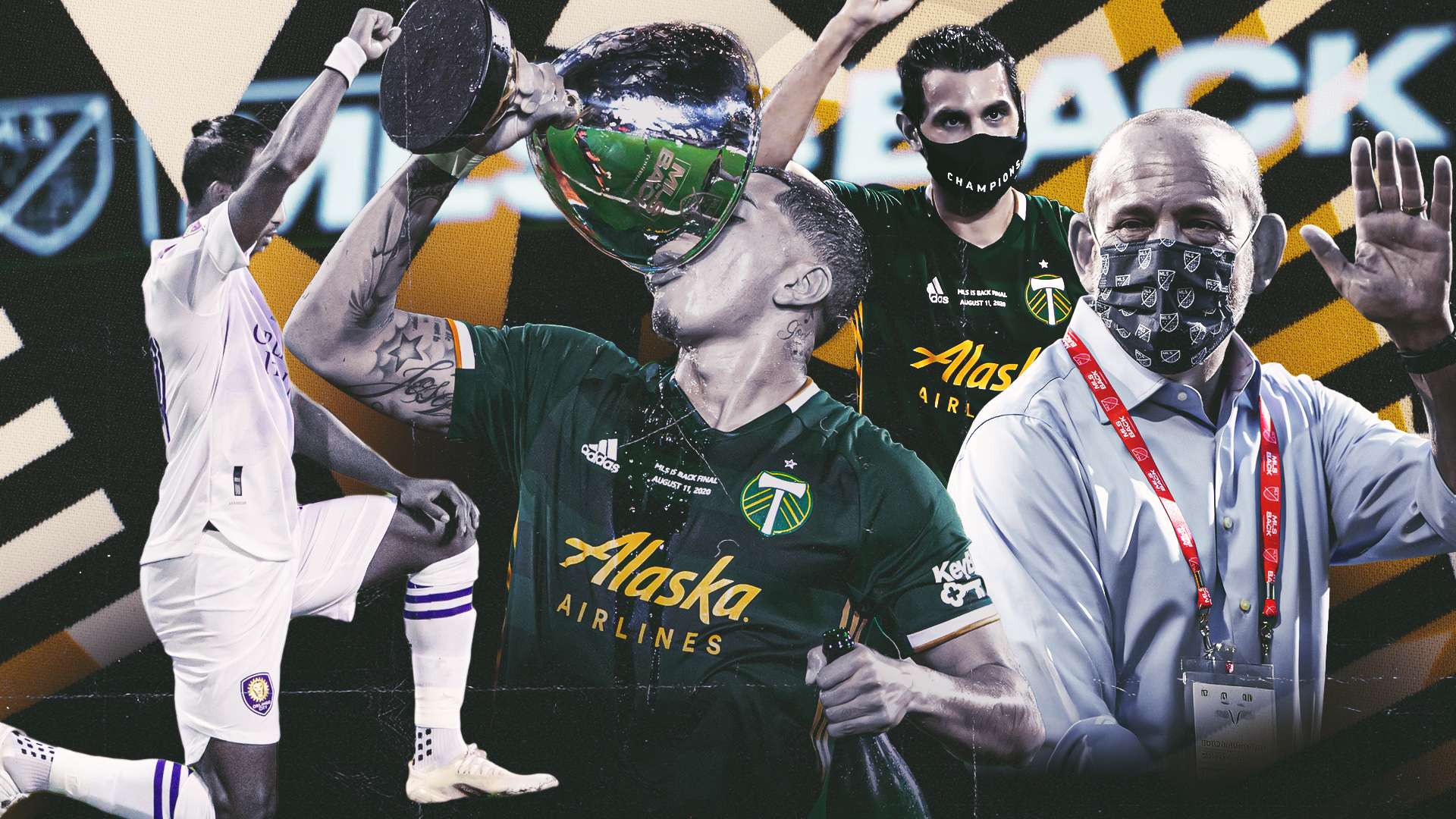At 9:32 p.m. on March 11, 2020, the sports world stopped - first with a virus, then with a whistle. On that night it all started to shut down.
As news broke that the NBA had suspended its season after Rudy Gobert of the Utah Jazz had tested positive for COVID-19, it signaled more than a pause in basketball. Stadiums all over the world fell silent. Seasons were abandoned. The global sports machine - fueled by passion, pageantry and profit - ground to a halt. It was a time of isolation and uncertainty.
Soccer is, of course, the world’s sport, and the beautiful game wasn’t immune to the realities of a pandemic. That was until - after three months of anxiety and uncertainty - Major League Soccer hatched a plan. An improbable one, perhaps, but a plan nonetheless - and one that could bring soccer back.
“Obviously, the project here in Orlando is incredibly ambitious.”
Don Garber was putting it lightly. “Ambitious” wasn’t even the word. In the summer of 2020, amid a global pandemic, the MLS commissioner and league officials put together a project that was more than ambitious. It was unprecedented.
It began with a phone call from Orlando City CEO Alex Leitao to Faron Kelley, then-VP of ESPN's Wide World of Sports, a sprawling complex on the grounds of the Walt Disney World Resort in Florida. MLS, like the rest of the world, was on hold, but what if it didn't have to be? What if the league could find a way to play? What if soccer could come back?
"My phone rang,” Kelley recalled. “It was my friend Alex Leitao. He said, 'Hey, crazy idea. Major League Soccer is looking at creating a campus, a bubble - a single site where they can bring in the teams and do a tournament. Do you think you can do that?' No one had ever ... done a bubble. The closest thing to a bubble would be the Olympics, where you have the athletes living and playing there.
"Then, you put it on top of a virus that back in April, May we knew very little about… From the first call from MLS to the players practicing on the fields was 66 days.”
The concept stamped as, well, plausible, it prompted a text from Leitao to Gary Stevenson, president and managing director of MLS Business Ventures - and then quickly, a proposal for Garber.
“I have this crazy idea,” Leitao recalled. “ 'I spoke with the guys at Disney. They feel like there’s something we can do. What do you think?’ Half an hour later we were in a Zoom call with Commissioner Garber. I repeated the idea. He liked it. He said, ‘Let’s put together this call, let’s see.’"
The idea quickly spiraled. Over those 66 days, experts were consulted. Protocols were put in place and, ultimately, tested to the extreme. That summer, 550 MLS players descended on Orlando for the now-infamous MLS is Back Tournament. Admittedly, few knew what they were getting into or how it would impact their lives forever.
Five years later, the MLS is Back Tournament remains a seminal and surreal moment in U.S. soccer, one that left a legacy few have fully grasped. Those who lived through it are still reckoning with what that summer meant to them. For some, it was an adult summer camp, a soccer tournament held in paradise free from the chaotic realities of the outside world. For others, it was hell, weeks locked indoors for a test of mental and physical fortitude unlike anything they’ve experienced before - or since.
The tournament kicked off on July 8, 2020. There were 51 games in total, all without fans, culminating more than a month later with the Portland Timbers lifting a customized MLS is Back Cup on Aug. 11. And one thing is certain: everyone left Orlando that summer with a wildly different perspective on what soccer, and life, meant to them.
Ahead of next week's five-year anniversary of the first kick, GOAL tells the story of the MLS is Back Tournament, in the words of those who lived it.




